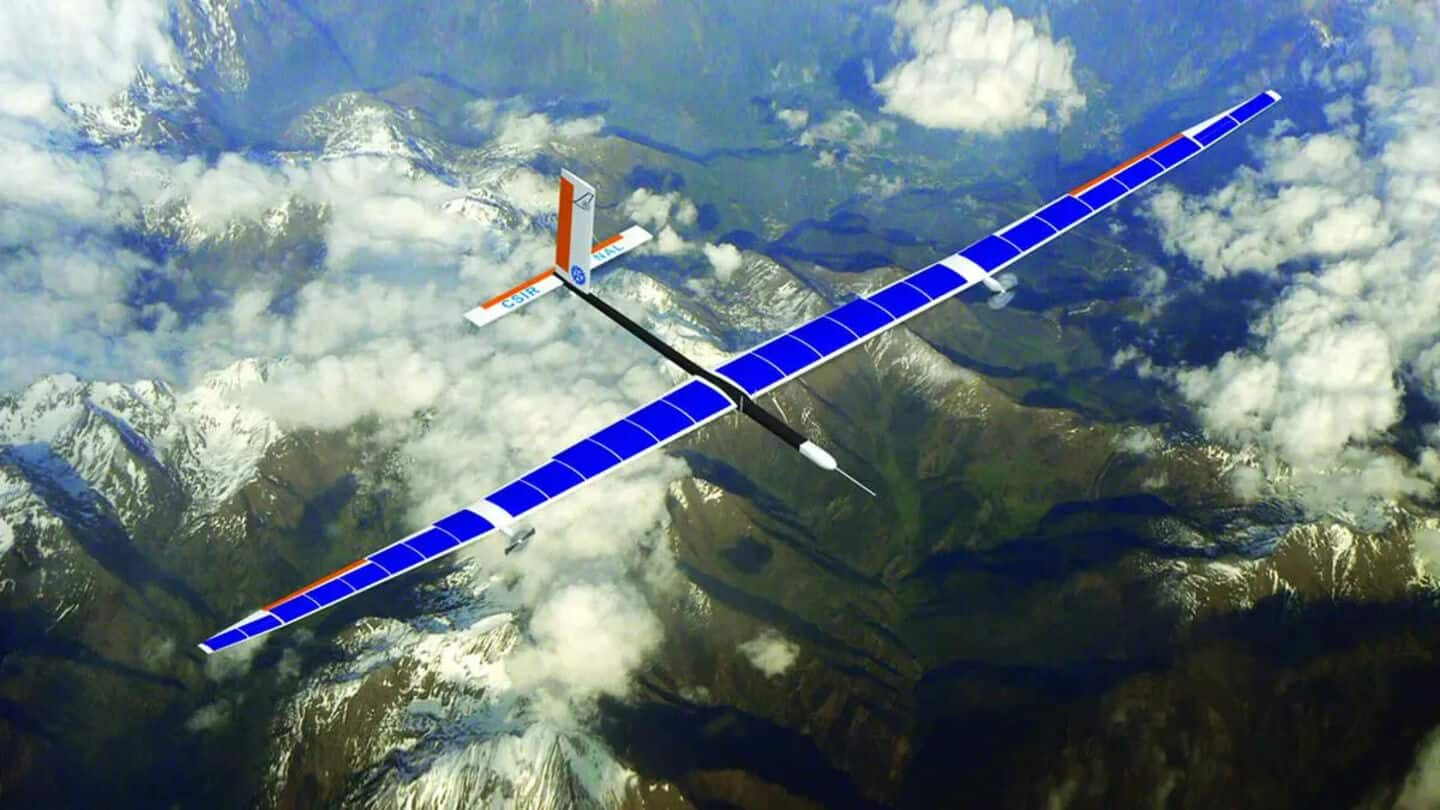
India's indigenous HAP UAV completes key test: What is it?
What's the story
India's indigenous High-Altitude Platform (HAP) project has achieved a major milestone by completing a pre-monsoon flight test campaign. The tests were conducted at the Aeronautical Test Range (ATR) in Challakere, Chitradurga, about 200km from Bengaluru. The National Aerospace Laboratories (NAL) developed the subscale unmanned aerial vehicle (UAV) prototype. It is powered by solar energy and has been designed for border patrol and other surveillance purposes.
Test results
Prototype showcases advanced capabilities
Notably, the HAP prototype was able to fly through cloud cover during back-to-back test flights between May 8 and 13. The tests proved the platform's capability to stay in the air even when energy production is reduced due to cloud cover. The vehicle achieved altitudes of 24,000 feet (FL240 in aviation terms), highlighting its potential to bolster India's border security infrastructure and surveillance tech.
Flight endurance
A look at the subscale HAP
The subscale HAP, which features a 12m wingspan and weighs under 22kg, has already flown for over 8.5 hours at altitudes of nearly 7km above mean sea level during tests in May last year. L Venkatakrishnan, Program Director of HAP at NAL, confirmed that its certified autopilot system is strong enough to allow for completely autonomous flight without human intervention. "This is the same autopilot which will work on the full-scale vehicle we are building," he added.
Applications
Interest from IAF
The subscale HAP provides impressive capabilities with a payload capacity of almost 1kg and an operating altitude of up to 25,000 feet. It can patrol hundreds of kilometers of national borders which would otherwise require human presence. "Additional applications include geoinformatics, meteorology, and crowd monitoring," Venkatakrishnan said. Notably, the Indian Air Force (IAF) expressed interest in such high-altitude platform systems earlier this month.
Civilian use
Potential civilian applications
The Indian Institute of Tropical Meteorology, Pune, has shown interest in utilizing the HAP to deploy radiosondes for internal measurements of monsoon clouds. They're also exploring telecommunications applications. "We are already ready to carry a 5G base station because in terms of power and size-weight it can easily do that," Venkatakrishnan said, emphasizing the platform's potential to act as an aerial telecommunications relay.